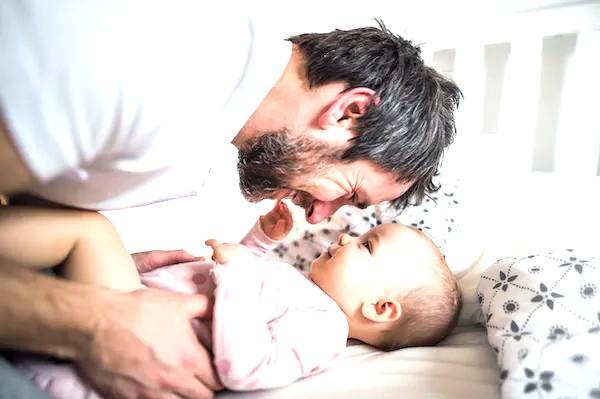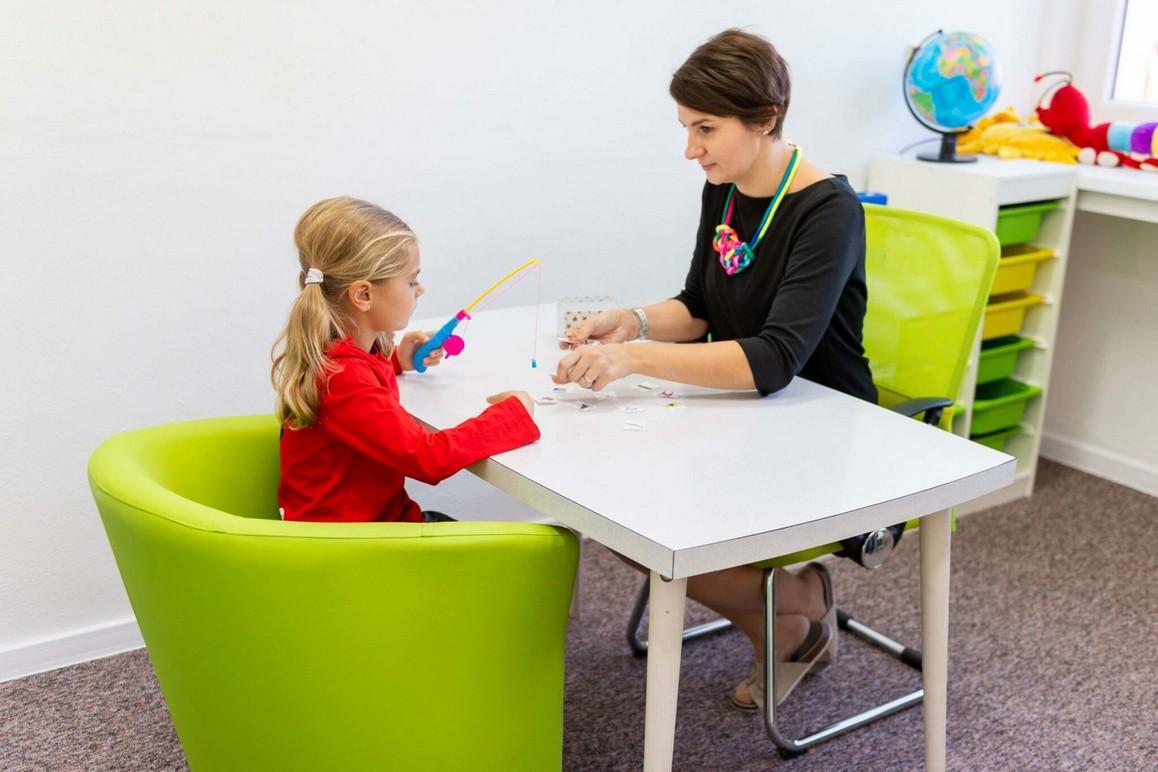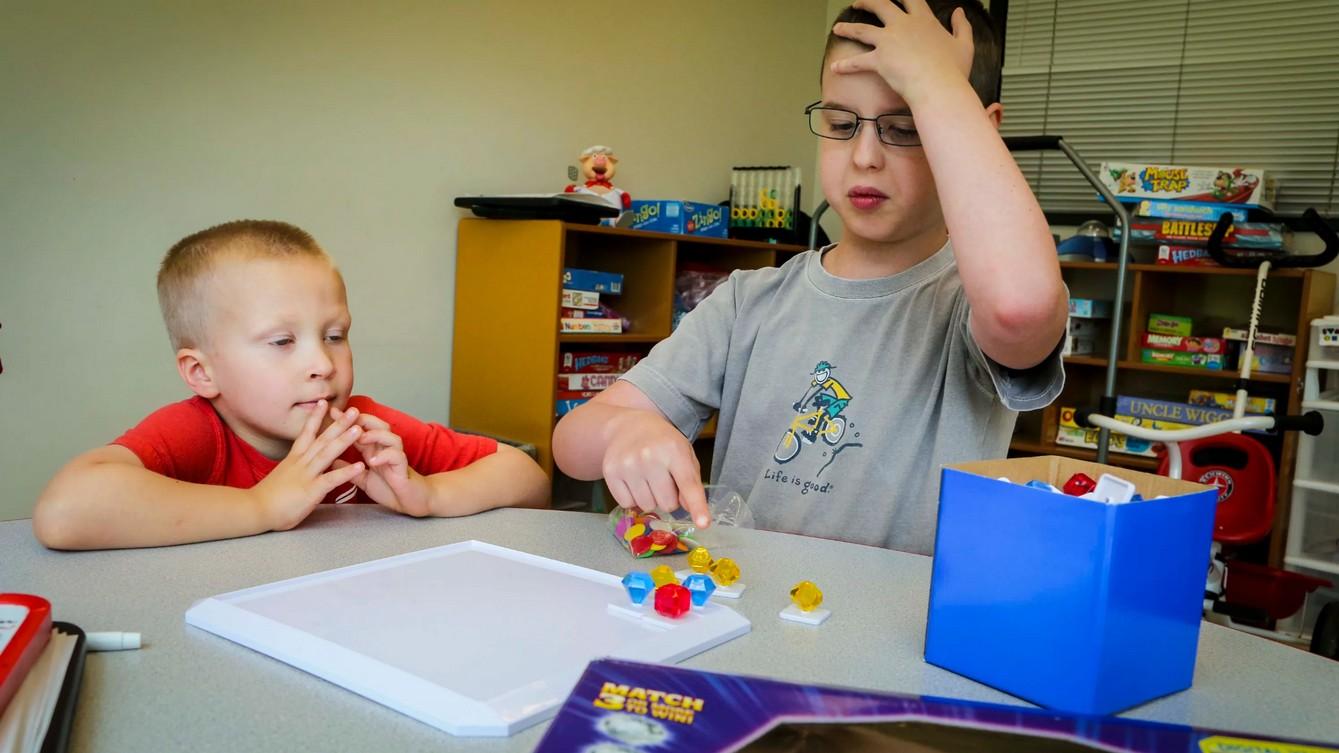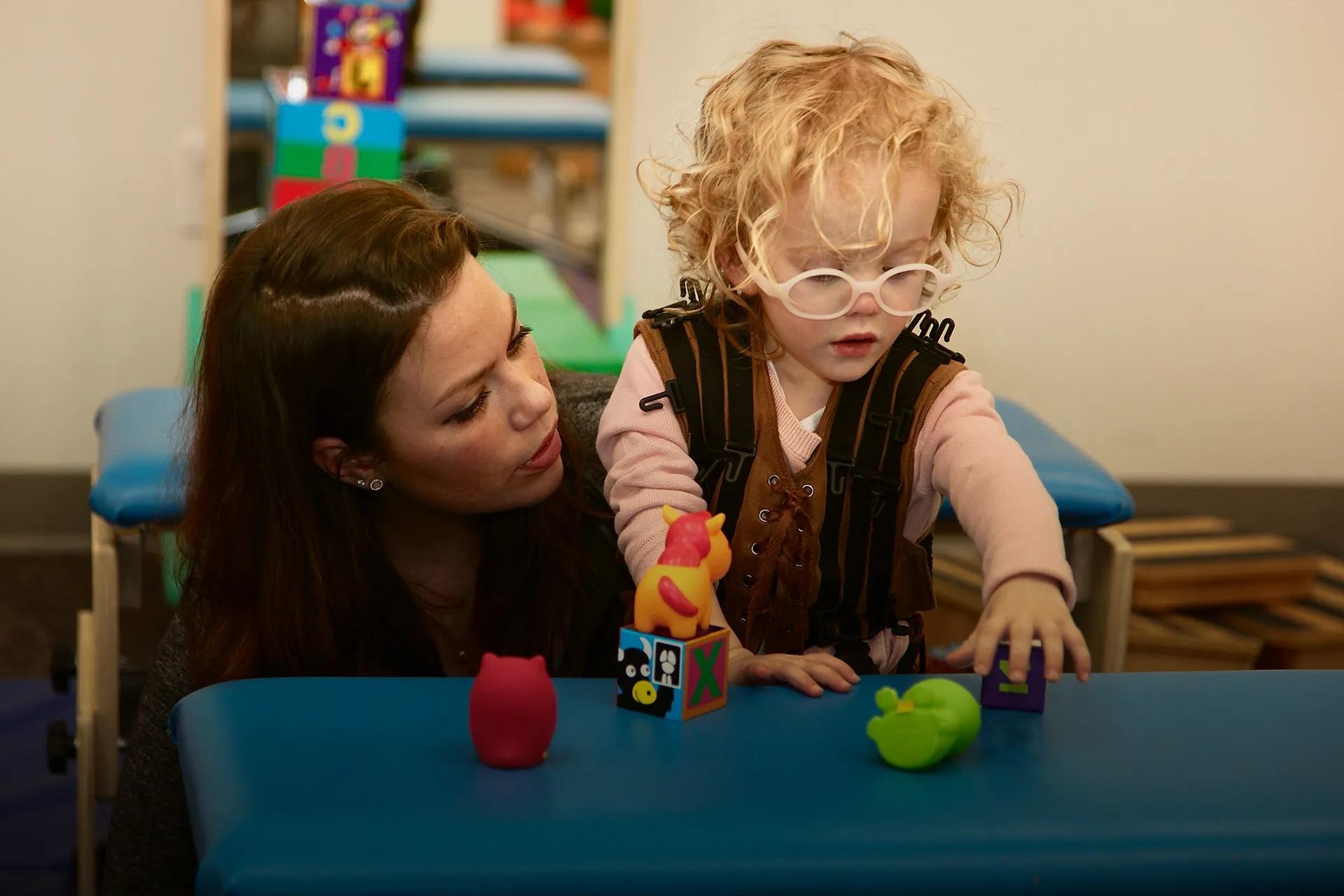Therapy
for Babies Showing Early Signs of

A therapy for infants showing early signs of autism reduces the chance of the child meeting diagnostic criteria for autism at three years of age. That’s according to our new research, published today in the journal JAMAPediatrics.

Weknowtheseback-and-forthconversations are crucial to support early social communication development, and are a precursor to more complex skills, such as verballanguage.

We know these back-and-forth conversations are crucial to support early social communication development, and are a precursor to more complex skills, suchasverballanguage.

This therapy focuses on supporting parentchild interactions as a way of enriching their social environment, creating learning opportunities for the child. And this is tailored to the child’s unique abilities.
The therapy takes the approach that children who develop differently experience the world and learn skills in different ways. By understanding unique abilities and interests of each baby, we can use these strengths as a foundation for future development.

This therapy focuses on supporting parent-child interactions as a way of enriching their social environment, creating learning opportunities for the child. And this is tailored to the child’s unique abilities.
The therapy takes the approach that children who develop differently experience the world and learn skills in different ways. By understanding unique abilities and interests of each baby, we can use these strengths as a foundation for future development.
5. eBay Selling
If you have knowledge about some specific products and you enjoy selling on the internet, then you can consider this business. This allows you to start this business from home.

Fifty of the infants were randomised to receive the iBASIS-VIPP therapy for five months. The other 53 infants received the usual services they would receive in their local community, such as allied health therapy, working with psychologists, speech pathologists and occupational therapists.
The babies then received developmental assessments at around 18 months of age, two years, and three years.
When the babies were aged three, independent clinicians who did not know which therapies the children had received, reviewed all of the developmental information collected. And they determined whether the children met diagnostic criteria for autism.

What do the findings mean?
This therapy represents a new way of providing support to infants showing earlydevelopmentaldifficulties.
By contrast, this therapy does not work with the child directly but with the socialenvironmentaroundthechild.Itadaptstoeachchild’suniquedifferences, andhelpsthemlearninawaythatisbestforthem.

The finding also emphasises the importance of providing supports to children based on functional difficulties, rather than the presence or absence of a diagnosis. This approach is consistent with Australia’s National Disability Insurance Scheme.
By understanding who a child is (their strengths and challenges) rather than what they are (a diagnostic label), we can provide individualised support worker for autism, that will helpthemtowardstheirfullpotential.

